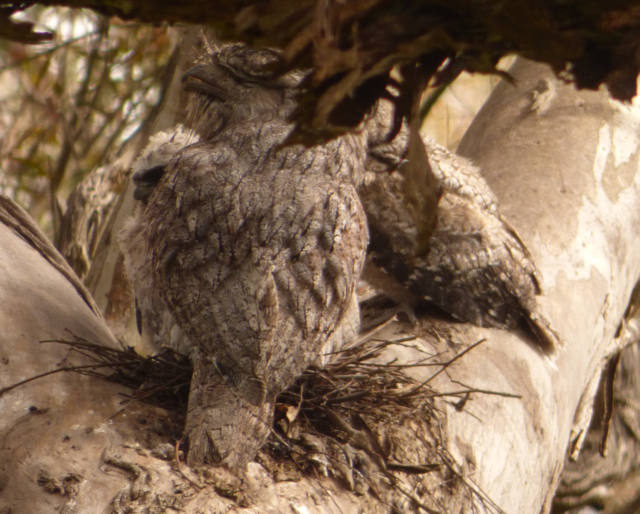In eBird Australia, the breeding cum breeding behaviour code 'FL Confirmed--Recently Fledged young' is defined as 'Recently fledged or downy young observed while still dependent upon adults', see
http://help.ebird.org/customer/en/portal/articles/1006850-breeding-codes-behavior-codes?b_id=1928&t=412380 . I imagine that it maps well to COG's code DY = dependent young.
An authoritative source, Gill, FB 2007, Ornithology, 3rd edn, W.H. Freeman and Co., New York, NY, states, at page 491, 'Technically speaking, the nestling period is the interval between hatching and departure from the nest, and the fledging period is
the interval between hatching and flight'. This definition is sourced to Skutch AF 1976,
Parent birds and their young, University of Texas Press, Austin.
Gill goes on to write: 'The nestling and fledging periods may be the same for some altricial birds, such as hummingbirds, but different for subprecocial and precocial birds, which have short nestling and long fledging periods. The moment of departure from
the nest by altricial birds is commonly term fledging even though the young birds may only flutter and scramble about for a few days before the first flight'.
Definitions (p. 471):
- Altricial: Naked, blind, and helpless at hatching.
- Precocial: Hatchlings leave the nest immediately (nidifugous) and follow their parents; pick up their own food soon after hatching, although parents help to locate food.
- Subprecocial: Hatchlings leave the nest immediately and follow their parents; are fed directly by their parents.
Also
- Superprecocial: Wholly independent.
- Semiprecocial: Hatchlings are capable of body temperature regulation; mobile but stay in the nest; fed by the parents.
- Semialtricial: Hatchlings stay in the nest (nidicolous), although physically able to leave the nest within a few hours or the first day; fed and brooded by parents.
Geoffrey may care to launch a quiz for us to identify examples of Canberra region birds that fit into each of the six 'development categories of hatchlings', as Gill puts it.
David
On 11/11/2016 9:10 AM, Martin Butterfield wrote:
In the past I have come across two definitions:
- a young bird leaving the nest ; and
- a young bird taking its first flight.
Some people have said there is no difference between the 2 definitions.
This morning at 0530 the male adult was not in the nest and both chicks were vigorously flapping their wings. However take off did not happen, and Dad returned shortly thereafter. At about 0830 this was the situation.

The more adventurous chick is clearly out of the nest. It still hasn't flown but in the last 10 minutes there has been much stretching of wings. On past experience the business of walking up and down a branch could go on for a couple of days, sometimes both
chicks and Dad taking a stroll. I don't believe they have yet fledged.
|
|

